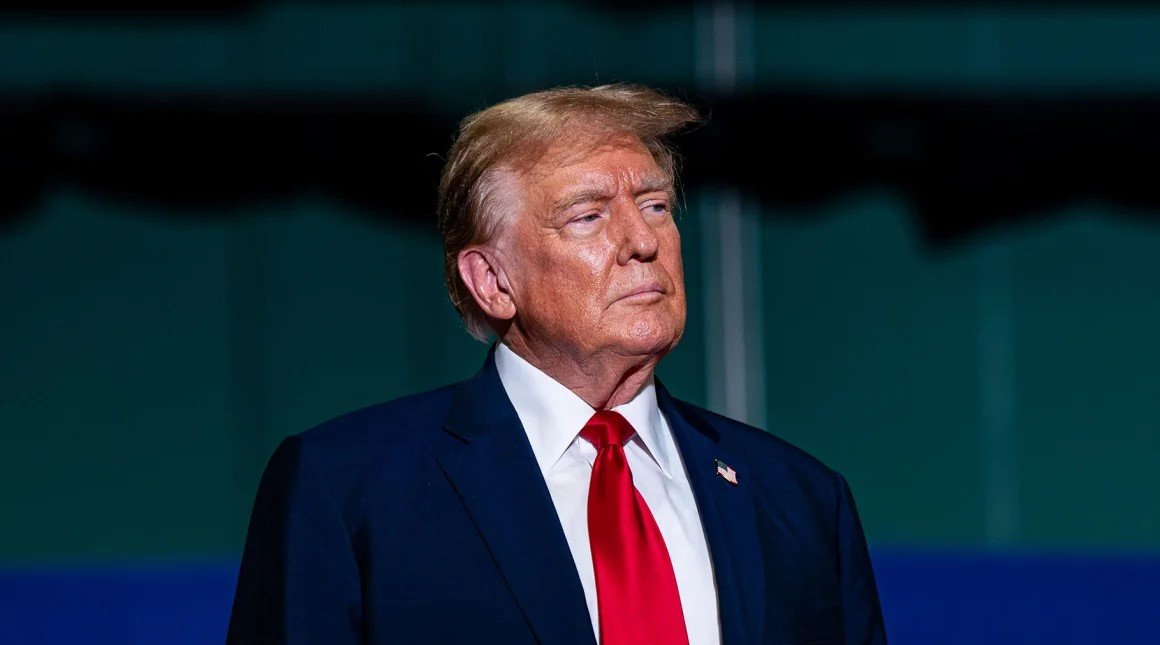Collaborating Brilliantly

Opinion by Ben Everidge for Thomas
Photo Credit: Adobe Stock by Curtis
Author’s Note:
This article is adapted from one published on my LinkedIn account.
WHEN CONGRESS FAILS HOWEVER …
Collaboration is at its best when it leads to meaningful progress, creative synergy, and a positive experience for everyone involved.
At our practice, Cannon & Caius, the parent company of Thomas Media, we place great value on collaborating brilliantly. But how do you know when you are genuinely doing so?
Here are some signs we have learned from experience that you're collaborating brilliantly:
1. Shared Goals and Clear Vision
Everyone understands the purpose of the collaboration and is aligned on objectives.
Goals are regularly revisited to ensure focus.
2. Open Communication
Team members share ideas freely without fear of judgment.
Active listening is practiced, and everyone feels heard and valued.
Constructive feedback is given and received with mutual respect.
3. Efficient Problem-Solving
Challenges are addressed promptly and creatively.
The team leverages diverse perspectives to find innovative solutions.
4. Mutual Respect and Trust
Each person's expertise and contributions are appreciated.
There’s a sense of psychological safety—people feel comfortable taking risks or admitting mistakes.
5. Balanced Participation
Everyone has a role to play and contributes according to their strengths.
No one dominates the conversation, and no one is left out.
6. Adaptability and Flexibility
The group is open to new ideas and willing to pivot when necessary.
Disagreements are handled gracefully, with a focus on finding common ground.
7. Creative Synergy
The collaboration produces outcomes that are better than what individuals could achieve alone.
There's a sense of flow, and the process feels energizing rather than draining.
8. Achievement and Celebration
Progress is visible, and milestones are acknowledged.
Successes are celebrated as a team.
9. Sustainability
The team maintains enthusiasm and momentum over time.
Relationships grow stronger with each interaction.
In other words, collaborating brilliantly is a powerful tool in daily life. But what happens when there is an absence of collaboration in Congress?
The Power of Collaboration in Congress and the High Cost of Gridlock
Collaboration in Congress is not a luxury. It is a necessity. Our founders designed a system of checks and balances to ensure no single person or party could control the nation’s destiny alone. But they also expected those elected to represent the people to work together for the common good. When they do, the results can be transformative. When they don’t, the consequences ripple through every household in America.
When Congress Collaborates, America Wins.
One of the most powerful recent examples of bipartisan collaboration is the Infrastructure Investment and Jobs Act of 2021. This $1.2 trillion package passed with support from both parties - 19 Republican senators and 13 House Republicans voted yes, resulting in investments that modernize our roads, bridges, public transit, broadband access, and water systems. It’s not just policy on paper - it’s construction jobs, safer commutes, and clean drinking water in communities across America.
Another example is the Every Student Succeeds Act (ESSA) of 2015, which replaced the polarizing No Child Left Behind Act. Passed with overwhelming bipartisan support, it restored more power to states and local governments while maintaining federal standards. Democrats and Republicans disagreed on many aspects, but they came together to protect our children’s education, and the result was a rare, lasting legislative success in public schooling.
When Congress Fails to Collaborate, Americans Pay the Price.
But when Congress fails to collaborate, the cost is not just political - it’s personal. Consider the 2013 government shutdown, driven by partisan brinkmanship over the Affordable Care Act. For 16 days, federal workers were furloughed, national parks closed, veterans’ services disrupted, and billions of dollars were drained from the economy. All because members of Congress refused to find common ground.
Or take the repeated failures to enact comprehensive immigration reform. Bipartisan proposals have been floated for decades, most notably the 2013 "Gang of Eight" Senate bill - but because cooperation collapsed in the House, no long-term solution passed. The result? An outdated, overwhelmed immigration system that fails families, workers, and national security alike.
The Path Forward
Collaboration doesn’t mean surrendering your principles. It means building coalitions, listening to other perspectives, and remembering that progress often comes one compromise at a time. Congress, at its best, is not a battlefield. It’s a negotiation table.
Americans are exhausted by the performative politics and endless stalemates. They want - and deserve - leaders who don’t just talk about unity but practice it. That begins with a commitment to work across the aisle, not just when it’s easy but hard.
Because when Congress collaborates, the American people win.




